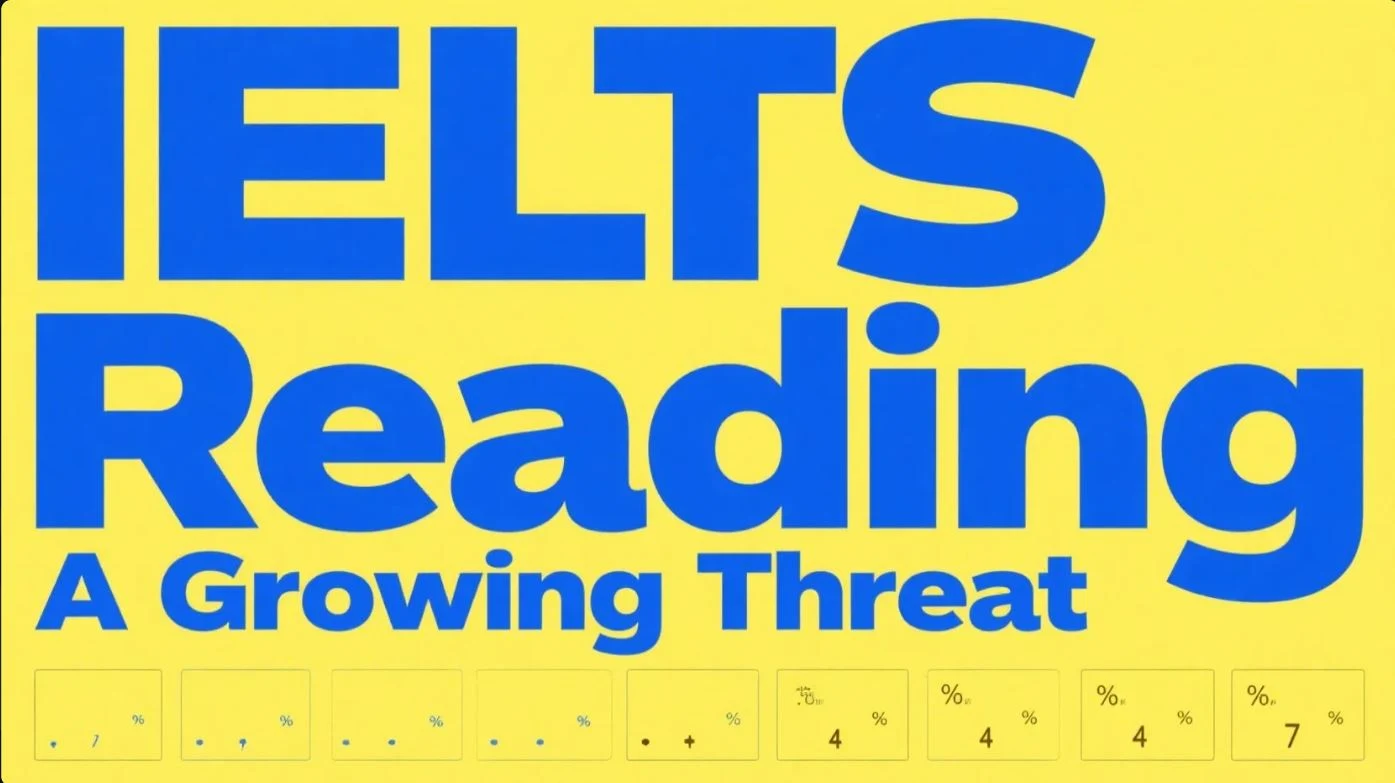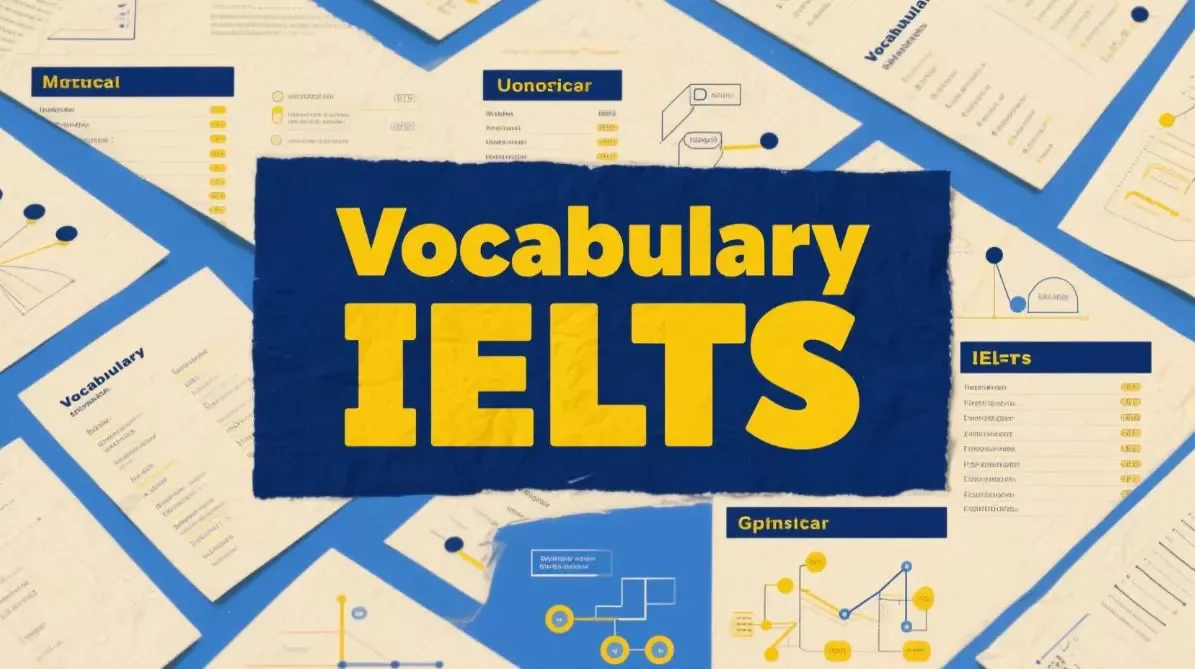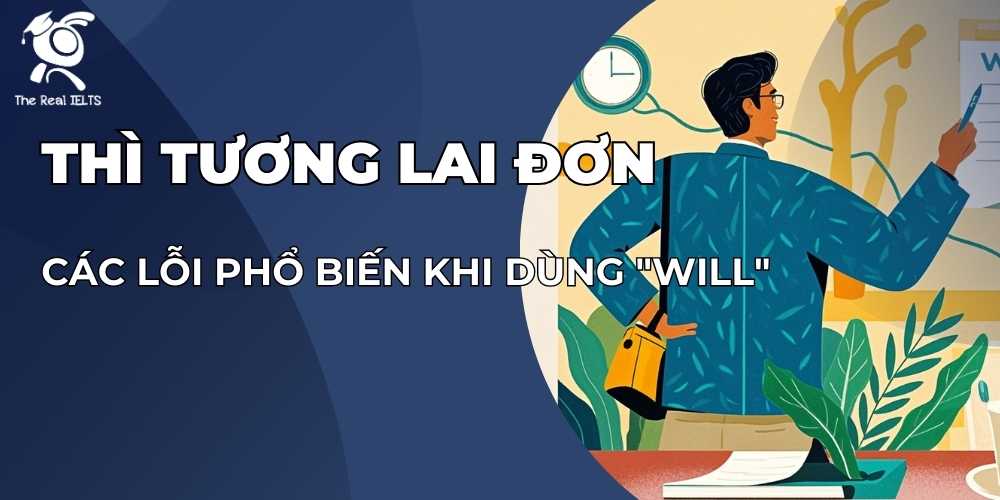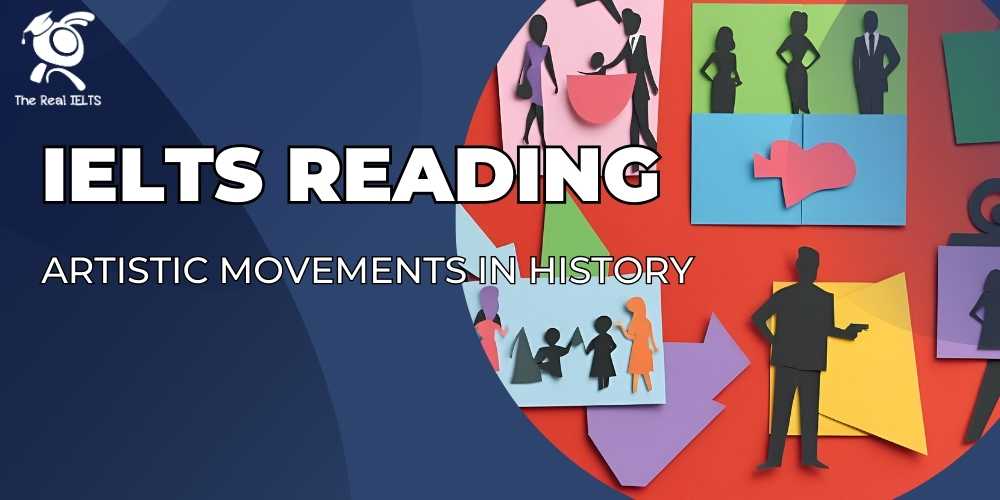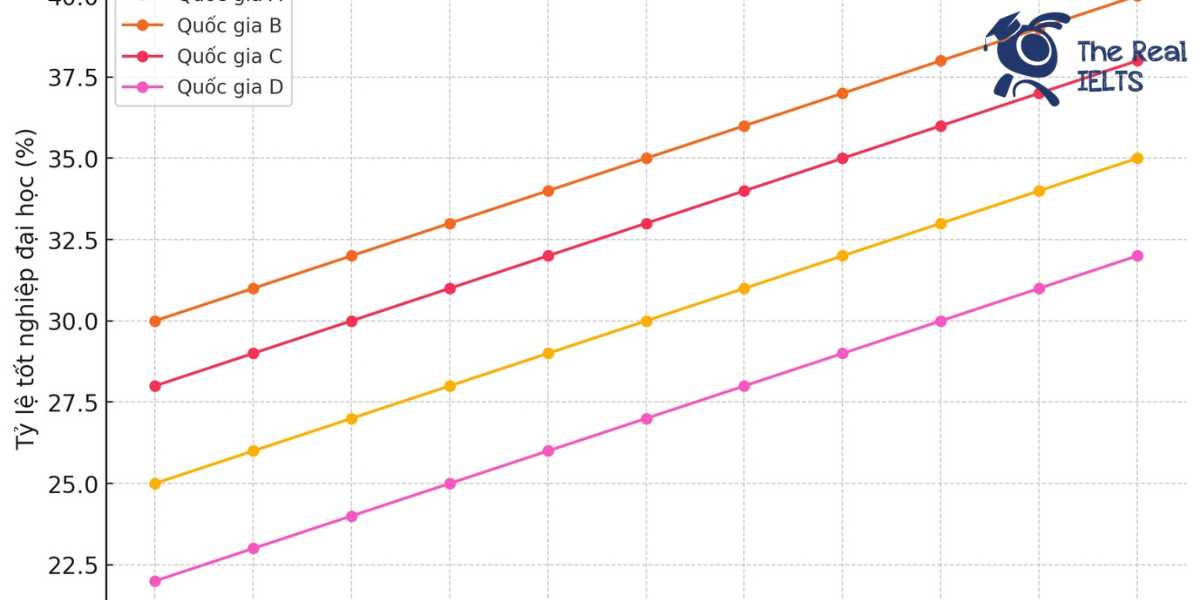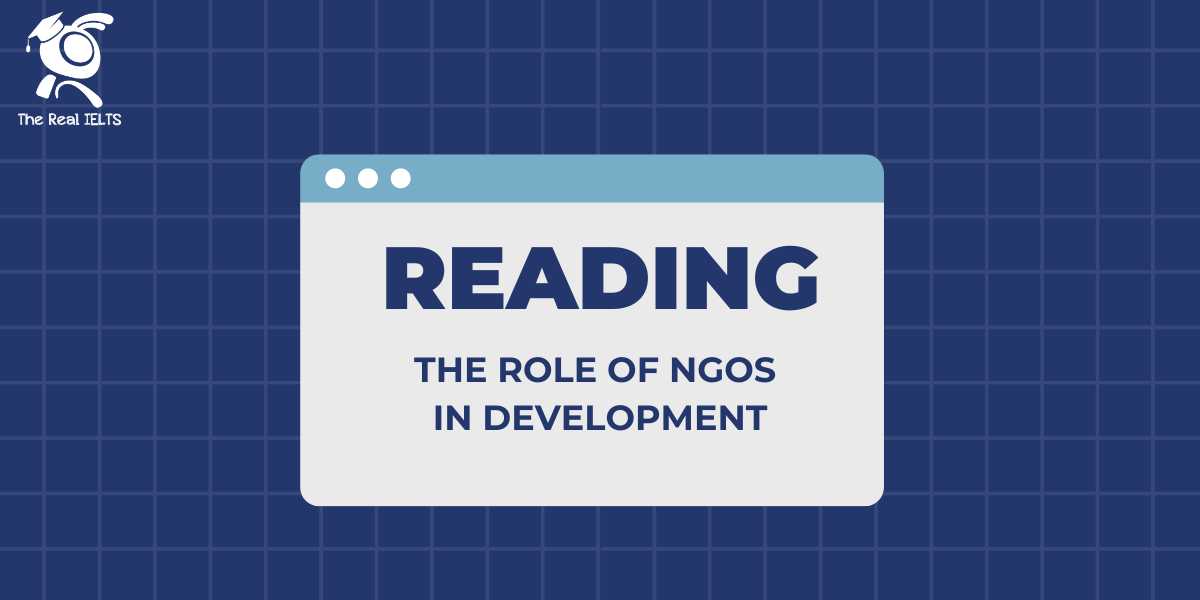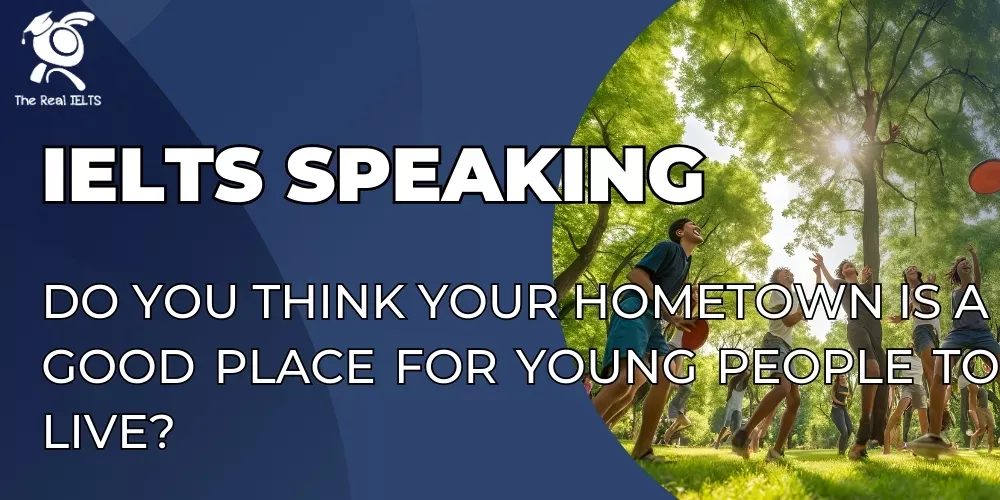Để đạt điểm cao trong kỳ thi IELTS, kỹ năng đọc hiểu là yếu tố then chốt, đòi hỏi thí sinh phân tích nhanh và chính xác các văn bản học thuật. IELTS Reading kiểm tra khả năng nắm bắt ý chính, suy luận logic và quản lý thời gian dưới áp lực. Với các bài đọc đa dạng về chủ đề và độ khó tăng dần, người học cần rèn luyện kỹ thuật đọc chuyên sâu để tối ưu hóa hiệu suất và đạt band điểm mong muốn.
Đọc thêm: IELTS Reading Practice Test: Feeding the Future.
Global Warming: A Growing Threat
Global warming, the gradual increase in Earth’s average temperature due to human activities, is a pressing environmental issue. It is primarily driven by the emission of greenhouse gases, such as carbon dioxide, from burning fossil fuels and deforestation. These gases trap heat, causing rising temperatures that lead to melting ice caps, rising sea levels, and extreme weather events like hurricanes and droughts.
In recent decades, scientists have observed significant climate changes. The Arctic, for instance, is warming twice as fast as the global average, threatening polar ecosystems. Coastal cities face flooding risks as sea levels rise by approximately 3.7 millimeters annually. Moreover, extreme weather has disrupted agriculture, reducing crop yields in regions like Sub-Saharan Africa.
Efforts to combat global warming include international agreements like the Paris Accord, signed in 2015, which aims to limit temperature increases to below 2°C. Countries are investing in renewable energy and reforestation to reduce emissions. However, challenges remain, as some nations prioritize economic growth over environmental policies. Innovations like carbon capture technology offer hope but are costly and not yet widespread.
Public awareness is growing, with movements urging lifestyle changes, such as reducing meat consumption and using public transport. While global warming poses serious risks, collective action and technological advancements can mitigate its impact, provided governments and individuals act swiftly.
Câu hỏi
Questions 1–40
Question 1 (Multiple Choice)
What is the primary cause of global warming according to the passage?
A. Natural climate cycles
B. Emission of greenhouse gases
C. Volcanic eruptions
D. Ocean currents
Question 2 (Multiple Choice)
What is one consequence of rising sea levels mentioned in the passage?
A. Increased crop yields
B. Flooding risks in coastal cities
C. Cooler global temperatures
D. Expansion of polar ecosystems
Question 3 (True/False/Not Given)
The Arctic is warming at the same rate as the global average.
A. True
B. False
C. Not Given
Question 4 (True/False/Not Given)
The Paris Accord was signed in 2016.
A. True
B. False
C. Not Given
Question 5 (Yes/No/Not Given)
Does the passage suggest that global warming affects agriculture?
A. Yes
B. No
C. Not Given
Question 6 (Yes/No/Not Given)
Is carbon capture technology widely used to combat global warming?
A. Yes
B. No
C. Not Given
Question 7 (Matching Information)
Which paragraph discusses the impact of global warming on polar ecosystems?
A. Paragraph 1
B. Paragraph 2
C. Paragraph 3
D. Paragraph 4
Question 8 (Matching Information)
In which paragraph are international agreements to combat global warming mentioned?
A. Paragraph 1
B. Paragraph 2
C. Paragraph 3
D. Paragraph 4
Question 9 (Matching Headings)
Choose the correct heading for Paragraph 1:
A. Solutions to Global Warming
B. Causes and Effects of Global Warming
C. Technological Innovations
D. Public Awareness Campaigns
Question 10 (Matching Headings)
Choose the correct heading for Paragraph 3:
A. Climate Change Impacts
B. Global Efforts to Reduce Emissions
C. Challenges of Economic Growth
D. Lifestyle Changes for Sustainability
Question 11 (Matching Sentence Endings)
Global warming is primarily caused by …
A. extreme weather events.
B. greenhouse gas emissions.
C. rising sea levels.
D. reforestation efforts.
Question 12 (Matching Sentence Endings)
Carbon capture technology is promising but …
A. widely available globally.
B. expensive and not widespread.
C. ineffective in reducing emissions.
D. supported by all nations.
Question 13 (Sentence Completion)
Greenhouse gases trap _______ in the atmosphere, causing rising temperatures.
Question 14 (Sentence Completion)
The Paris Accord aims to limit temperature increases to below _______ degrees Celsius.
Question 15 (Summary Completion)
Complete the summary using words from the passage:
Global warming leads to melting ice caps, rising sea levels, and _______ weather events.
Question 16 (Summary Completion)
Countries are addressing global warming by investing in renewable energy and _______.
Question 17 (Diagram Label Completion)
Label the diagram of the greenhouse effect:
The gases that trap heat in the atmosphere are called _______ gases.
Question 18 (Diagram Label Completion)
Label the diagram of climate impacts:
The region warming twice as fast as the global average is the _______.
Question 19 (Short Answer Questions)
What is one region mentioned in the passage affected by reduced crop yields?
Question 20 (Short Answer Questions)
By how much do sea levels rise annually according to the passage?
Question 21 (Table Completion)
Complete the table below with information from the passage:
| Issue | Effect | Solution |
|---|---|---|
| Global Warming | Melting ice caps | _____________ |
| Extreme Weather | _____________ | Renewable energy investment |
| Rising Sea Levels | Flooding in coastal cities | _____________ |
Question 22 (Multiple Choice)
What is one challenge mentioned in combating global warming?
A. Lack of public awareness
B. Prioritization of economic growth
C. Absence of renewable energy
D. Ineffective international agreements
Question 23 (True/False/Not Given)
Reforestation is mentioned as a solution to global warming.
A. True
B. False
C. Not Given
Question 24 (Yes/No/Not Given)
Does the passage suggest that individual actions can help mitigate global warming?
A. Yes
B. No
C. Not Given
Question 25 (Matching Information)
Which paragraph mentions lifestyle changes to combat global warming?
A. Paragraph 1
B. Paragraph 2
C. Paragraph 3
D. Paragraph 4
Question 26 (Matching Headings)
Choose the correct heading for Paragraph 2:
A. Global Warming Solutions
B. Observed Climate Changes
C. Economic Challenges
D. Public Awareness Efforts
Question 27 (Sentence Completion)
Coastal cities face risks due to rising _______ levels.
Question 28 (Summary Completion)
The Arctic is warming _______ as fast as the global average, threatening ecosystems.
Question 29 (Short Answer Questions)
What is one example of an extreme weather event mentioned in the passage?
Question 30 (Diagram Label Completion)
Label the diagram of global warming solutions:
An international agreement aimed at limiting temperature increases is the _______ Accord.
Question 31 (Multiple Choice)
What is one public action suggested to reduce global warming?
A. Increasing fossil fuel use
B. Reducing meat consumption
C. Avoiding international agreements
D. Limiting technological innovation
Question 32 (True/False/Not Given)
Sea levels are rising by 5 millimeters annually.
A. True
B. False
C. Not Given
Question 33 (Yes/No/Not Given)
Does the passage suggest that global warming is solely caused by human activities?
A. Yes
B. No
C. Not Given
Question 34 (Matching Sentence Endings)
The Arctic is particularly vulnerable because …
A. it is warming twice as fast as the global average.
B. it has no greenhouse gas emissions.
C. it is unaffected by climate change.
D. it has stable ecosystems.
Question 35 (Sentence Completion)
Extreme weather has reduced crop yields in regions like _______ Africa.
Question 36 (Summary Completion)
Complete the summary:
Public awareness campaigns encourage _______ changes to reduce global warming impacts.
Question 37 (Short Answer Questions)
What is the name of the international agreement mentioned in the passage?
Question 38 (Table Completion)
Complete the table below with information from the passage:
| Region/Area | Impact | Solution |
|---|---|---|
| Arctic | _____________ | Carbon capture technology |
| Sub-Saharan Africa | Reduced crop yields | _____________ |
Question 39 (Multiple Choice)
What is a feature of the Paris Accord mentioned in the passage?
A. It bans all fossil fuel use.
B. It aims to limit temperature increases to below 2°C.
C. It focuses only on reforestation.
D. It has been fully achieved.
Question 40 (True/False/Not Given)
Carbon capture technology is affordable and widely used.
A. True
B. False
C. Not Given
Đáp án và Giải thích
Question 1
Correct Option: B
Explanation: Bài đọc nêu rằng hiện tượng nóng lên toàn cầu chủ yếu do “emission of greenhouse gases, such as carbon dioxide, from burning fossil fuels and deforestation.” Lựa chọn B đúng vì nó phản ánh nguyên nhân chính này.
Question 2
Correct Option: B
Explanation: Bài đọc đề cập rằng mực nước biển dâng dẫn đến “flooding risks in coastal cities.” Lựa chọn B chính xác vì nó khớp với thông tin này.
Question 3
Correct Option: B
Explanation: Bài đọc nêu rằng “The Arctic is warming twice as fast as the global average,” nên câu này sai vì Bắc Cực không nóng lên ở cùng tốc độ với mức trung bình toàn cầu.
Question 4
Correct Option: B
Explanation: Bài đọc nêu rằng Paris Accord được ký vào năm 2015, không phải 2016, nên câu này sai.
Question 5
Correct Option: A
Explanation: Bài đọc đề cập rằng thời tiết cực đoan “disrupted agriculture, reducing crop yields in regions like Sub-Saharan Africa.” Do đó, câu trả lời là “Yes.”
Question 6
Correct Option: B
Explanation: Bài đọc nêu rằng công nghệ thu giữ carbon “not yet widespread,” nên câu trả lời là “No.”
Question 7
Correct Option: B
Explanation: Tác động của nóng lên toàn cầu lên hệ sinh thái Bắc Cực được đề cập ở đoạn 2: “The Arctic… threatening polar ecosystems.”
Question 8
Correct Option: C
Explanation: Các thỏa thuận quốc tế như Paris Accord được đề cập ở đoạn 3: “Efforts to combat global warming include international agreements like the Paris Accord.”
Question 9
Correct Option: B
Explanation: Đoạn 1 giới thiệu nguyên nhân (phát thải khí nhà kính) và hậu quả (tan băng, mực nước biển dâng) của nóng lên toàn cầu. Tiêu đề “Causes and Effects of Global Warming” phù hợp nhất.
Question 10
Correct Option: B
Explanation: Đoạn 3 thảo luận về các nỗ lực toàn cầu như Paris Accord và đầu tư vào năng lượng tái tạo. Tiêu đề “Global Efforts to Reduce Emissions” là phù hợp.
Question 11
Correct Option: B
Explanation: Bài đọc nêu rằng nóng lên toàn cầu chủ yếu do “greenhouse gas emissions.” Lựa chọn B đúng.
Question 12
Correct Option: B
Explanation: Bài đọc đề cập rằng công nghệ thu giữ carbon “costly and not yet widespread.” Lựa chọn B khớp với thông tin này.
Question 13
Correct Answer: heat
Explanation: Bài đọc nêu rằng khí nhà kính “trap heat,” gây ra tăng nhiệt độ. Từ “heat” phù hợp.
Question 14
Correct Answer: 2
Explanation: Bài đọc nêu rằng Paris Accord nhằm hạn chế tăng nhiệt độ dưới “2°C.” Số “2” là đúng.
Question 15
Correct Answer: extreme
Explanation: Bài đọc liệt kê các hậu quả như “melting ice caps, rising sea levels, and extreme weather events.” Từ “extreme” phù hợp.
Question 16
Correct Answer: reforestation
Explanation: Bài đọc nêu rằng các quốc gia đầu tư vào “renewable energy and reforestation.” Từ “reforestation” phù hợp.
Question 17
Correct Answer: greenhouse
Explanation: Bài đọc giải thích rằng “greenhouse gases” giữ nhiệt trong khí quyển. Từ “greenhouse” là đúng.
Question 18
Correct Answer: Arctic
Explanation: Bài đọc nêu rằng “The Arctic is warming twice as fast as the global average.” Từ “Arctic” phù hợp.
Question 19
Correct Answer: Sub-Saharan Africa
Explanation: Bài đọc đề cập rằng thời tiết cực đoan làm giảm năng suất cây trồng ở “Sub-Saharan Africa.”
Question 20
Correct Answer: 3.7 millimeters
Explanation: Bài đọc nêu rằng mực nước biển dâng “approximately 3.7 millimeters annually.”
Question 21
Correct Answers:
- Global Warming Solution: Paris Accord
- Extreme Weather Effect: Reduced crop yields
- Rising Sea Levels Solution: Reforestation
Explanation: - Paris Accord là giải pháp cho nóng lên toàn cầu (đoạn 3).
- Thời tiết cực đoan gây “reduced crop yields” (đoạn 2).
- Reforestation là một giải pháp được đề cập cho các vấn đề môi trường (đoạn 3).
Question 22
Correct Option: B
Explanation: Bài đọc nêu rằng một số quốc gia “prioritize economic growth over environmental policies,” là một thách thức trong việc chống nóng lên toàn cầu.
Question 23
Correct Option: A
Explanation: Bài đọc đề cập đến “reforestation” như một giải pháp để giảm phát thải, nên câu này đúng.
Question 24
Correct Option: A
Explanation: Bài đọc đề cập đến các hành động cá nhân như “reducing meat consumption and using public transport,” nên câu trả lời là “Yes.”
Question 25
Correct Option: D
Explanation: Các thay đổi lối sống được đề cập ở đoạn 4: “Public awareness… reducing meat consumption and using public transport.”
Question 26
Correct Option: B
Explanation: Đoạn 2 thảo luận về các thay đổi khí hậu được quan sát, như Bắc Cực nóng lên và mực nước biển dâng. Tiêu đề “Observed Climate Changes” phù hợp.
Question 27
Correct Answer: sea
Explanation: Bài đọc nêu rằng các thành phố ven biển đối mặt rủi ro do “rising sea levels.” Từ “sea” phù hợp.
Question 28
Correct Answer: twice
Explanation: Bài đọc nêu rằng Bắc Cực nóng lên “twice as fast as the global average.” Từ “twice” là đúng.
Question 29
Correct Answer: Hurricanes
Explanation: Bài đọc liệt kê “hurricanes” như một ví dụ về thời tiết cực đoan.
Question 30
Correct Answer: Paris
Explanation: Bài đọc đề cập đến “Paris Accord” như một thỏa thuận quốc tế. Từ “Paris” là đúng.
Question 31
Correct Option: B
Explanation: Bài đọc gợi ý hành động cá nhân như “reducing meat consumption” để giảm tác động của nóng lên toàn cầu.
Question 32
Correct Option: B
Explanation: Bài đọc nêu rằng mực nước biển dâng “3.7 millimeters annually,” không phải 5 millimeters, nên câu này sai.
Question 33
Correct Option: A
Explanation: Bài đọc nêu rằng nóng lên toàn cầu là do “human activities,” nên câu trả lời là “Yes.”
Question 34
Correct Option: A
Explanation: Bài đọc nêu rằng Bắc Cực dễ bị tổn thương vì “warming twice as fast as the global average.” Lựa chọn A đúng.
Question 35
Correct Answer: Sub-Saharan
Explanation: Bài đọc đề cập rằng thời tiết cực đoan làm giảm năng suất cây trồng ở “Sub-Saharan Africa.” Từ “Sub-Saharan” phù hợp.
Question 36
Correct Answer: lifestyle
Explanation: Bài đọc nêu rằng các chiến dịch nâng cao nhận thức khuyến khích “lifestyle changes” như giảm tiêu thụ thịt. Từ “lifestyle” là đúng.
Question 37
Correct Answer: Paris Accord
Explanation: Bài đọc đề cập đến “Paris Accord” như một thỏa thuận quốc tế.
Question 38
Correct Answers:
- Arctic Impact: Warming twice as fast
- Sub-Saharan Africa Solution: Renewable energy investment
Explanation: - Bắc Cực chịu tác động “warming twice as fast” (đoạn 2).
- Giải pháp cho các vấn đề như giảm năng suất cây trồng bao gồm “renewable energy investment” (đoạn 3).
Question 39
Correct Option: B
Explanation: Bài đọc nêu rằng Paris Accord nhằm “limit temperature increases to below 2°C.” Lựa chọn B đúng.
Question 40
Correct Option: B
Explanation: Bài đọc nêu rằng công nghệ thu giữ carbon “costly and not yet widespread,” nên câu này sai.


